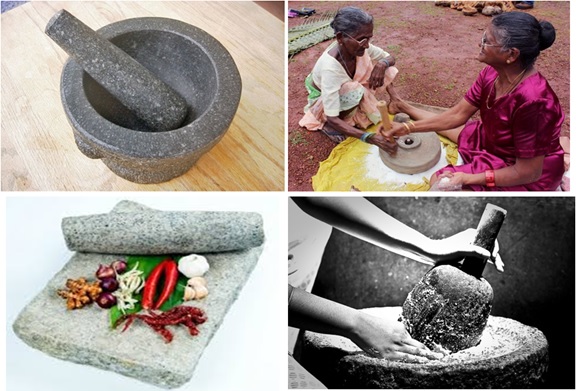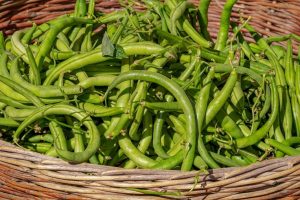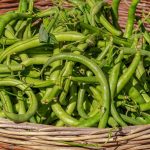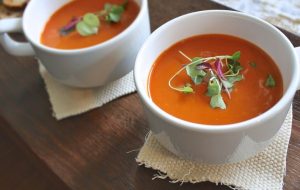
Traditional grinding stones
1) Cardamom, dry ginger, pepper coarse grinding stones: Simple Mortar and pistel
2) Grain grinding stones: Rangthang (stone grinder)which is still used in the far flung villages for grinding all kinds of grains like wheat, buckwheat, and maize the most. This is a solid hard rock which is curved out from the huge rock. Not every rock can work for curving out this grinder. Two equal curved stones are arranged one above another. Lower one is fixed to its stand permanently without any chance of movement when upper rotates on its top for grinding. The stand to which lower half is fixed will be usually a wooden tub with a flat base so that whatever grain is grinded will be get collected in the tube wholly. On the top of the upper half there will a wooden handle long enough to accommodate two to three hands for rotating and next to this handle there will be a small round flat area to receive the grains handful by handful through which there is a small hole to pass through the grains down in between two stones for grinding. Depending on the size and heaviness of the grinder, for rotation it requires minimum of one person and maximum of three persons. Nevertheless, in any way both the hands cannot hold the handle in tandem and rotate it.
3) Spices grinding stones: There are two types of spice grinding stones. One is flat stone with a roller to grind only the spices and the second is the Ragado or a stone grinder consisted of two heavy stones just like a mortar and pestle but really big. People still use this to grind Idli, dosa flours and also coconut and spice to make of sambaar. The advantage of using these stone grinders is the added earthy flavor to the dishes! Moreover with power cuts they are in back in action !!
Author: Sumana Rao | Posted on: November 23, 2015






















Write a comment